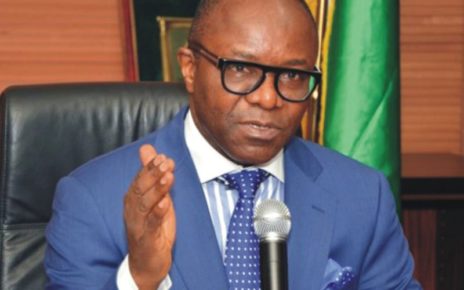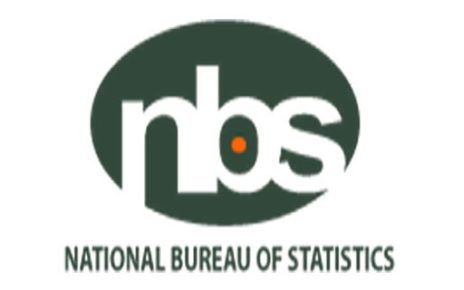The Monetary Policy Committee (MPC) of the Bank of Ghana (BoG) on Monday ended its meeting with a decision to retain the policy rate at 13.5 percent for the third consecutive time, citing a fairly balanced risks to inflation and growth in the outlook as basis for its decision.
The apex bank had slashed the policy rate by 100 basis points from 14.5 percent in March 2021 to 13.5 percent in May 2021, a rate it has retained since then
Briefing journalists on the key decisions taken during the meeting, the Governor of the BoG, Dr. Ernest Addison, who is also the committee’s Chairman, said the committee decided to maintain the policy rate on the back of the gradual recovery of the country’s economy and other positive developments in the country.
The apex bank governor noted that as the economy continued to show growth trajectory from the impact of the COVID-19 pandemic, adding that emerging economic indicators reflect that recovery is sustainable, even though growth rate may still below the pre-pandemic levels.
Addison said although inflation had risen sharply over the last two readings, the MPC was of the view that rise in inflation is mainly due to food inflation, which is expected to abate with the onset of the harvest season.
He explained further that this notwithstanding, the latest forecast indicated that inflation would remain within the medium-term target band, but closer to the upper limit in the near term, in the absence of further unexpected shocks.
Commenting on the trends in the banking sector, the BoG Governor disclosed that the banking sector balance sheet performance remained strong with sustained growth in total assets, investments and deposits.
This is even as he noted that the sector’s profitability levels remained high, with profit growth driven by increased income growth.
He expatiated: “The financial soundness indicators remain broadly sound, although credit risk appears elevated and needs to be carefully monitored. Bolstered by strong capital and liquidity buffers, banks are expected to withstand mild to moderate credit risk shocks emanating from deterioration in asset quality.”
The banking expert also said that Ghana’s external payments position remained strong despite the decline in the trade surplus due to a stronger import growth and a widening current account deficit which had been adequately financed with external inflows from portfolio and foreign direct investments.
Addison said the country’s Gross International Reserves stood at $11.4 billion, equivalent to 5.2 months import cover at the end of August 2021, stressing that the strong reserves build-up over the period under review provided some buffer to the local currency.
He explained that the national currency – Cedi – had performed strongly with a year-to-date depreciation of 1.8 percent even as he maintained that the country’s higher sovereign spread had not adversely affected foreign investor behaviour as net monthly purchases of securities on both the debt and equity markets remain relatively favourable.
On the developments in the global economic system, Addison said the global financing conditions remained generally supportive of the recovery process, largely due to the continued supportive actions of major central banks, despite rising inflationary pressures in the various economies.
He concluded that “given these considerations, and the fairly balanced risks to inflation and growth in the outlook, the committee decided to keep the policy rate at 13.5 per cent.”
According to recent figures published by the Ghana Statistical Service (GSS), Ghana’s economy grew by 3.9 per cent in the second quarter of this year, compared with the 5.7 per cent contraction in the same period last year, influenced by strong growth in the Cocoa sub-sector which grew by 27.6 per cent, Hotels and Restaurants 18.7 per cent, 13.8 per cent in Real Estate and 10.7 per cent in trade.
The GSS also reported that after dropping from 10.3 percent in March, 2021 to 7.5 percent in May 2021, the country’s inflation had been on the upward trend, rising to 7.8 percent in June, 9.0 percent in July and 9.7 percent in August.




